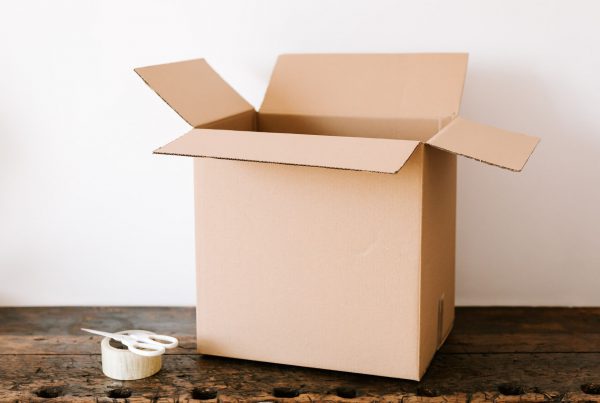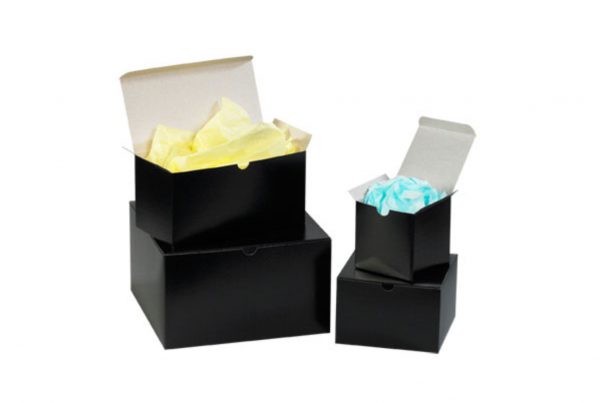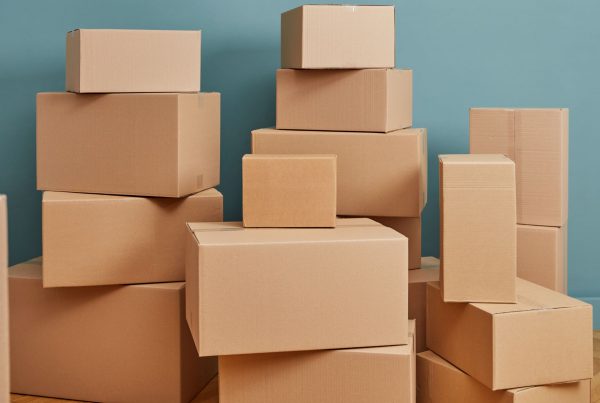Surprising fact: over 70% of small businesses spend more per box at local stores than they would with a single nationwide order. I’ve seen that gap firsthand while running fast-moving pick/pack lines—pennies per box turn into real money by month’s end.
We help you close that gap. The Boxery keeps sizes, strengths, and pricing in one clean catalog so you can compare quickly and check out without the scavenger hunt. Suppose you’ve ever typed shipping boxes near me in a panic five minutes before UPS pickup—yeah, same. Centralize it and breathe.
Key Takeaways
- Compare sizes and strengths to avoid overpaying locally.
- Bundle pricing on common counts lowers your per‑box cost.
- Know your corrugated ratings to protect heavier items.
- Right-size packing reduces void fill and waste.
- Plan delivery and reorders to keep fulfillment smooth.
Shop The Boxery: Corrugated Shipping Boxes, Mailers, and Packing Supplies for Every Order
One inventory, many solutions—cubes, mailers, tubes, heavy‑duty, even white corrugated—so your packing area stays ready for anything. If you just need dependable cardboard shipping boxes at honest bundle prices, you’re in the right aisle.
From extra‑small to oversized, you’ll find clear size listings, bundle counts, and fast nationwide delivery. It’s simple: fewer vendors, faster receiving, less chaos.
Sizes and sample on-sale unit prices
Popular cube and compact choices are in stock with bundle pricing that cuts per‑unit cost.
| Size | Unit Price (25/Bundle) | Notes |
| 8×6×4 | $0.38 | corrugated shipping boxes, everyday fit |
| 7×7×7 | $0.52 | cube for small kits |
| 9×9×9 | $0.57 | retail‑ready options |
| 10×10×10 | $0.64 | for slightly larger items |
Prices are representative of typical sale bundles and may vary by inventory and region.
Styles and complementary options
Choose what fits the job so you don’t overbuild (or under‑protect) the shipment.
- Standard RSC, white corrugated, multi‑depth, heavy‑duty, telescoping, weather‑resistant
- Corrugated mailers and easy‑fold mailers for literature and small goods
- Tubes for posters and long parts—neat storage, solid edge protection
- Foam‑lined and insulated options when temperature or cushioning matters
One cart for corrugated boxes, mailers, tubes, and protective supplies = fewer vendors and smoother receiving.
Buy Shipping Boxes Online: Choose the Right Size, Strength, and Style
If you prefer to buy shipping boxes online, start with the basics: product dimensions, packed weight, and transit risk. From there, size and ECT rating fall into place.
How to measure for fit
Use interior dimensions—length × width × height—for each item you ship. Add the padding you’ll actually use. A snug fit cuts movement, saves filler, and lowers damage rates. Simple, but it works.
Strength matters: 32, 44, and 48 ECT
32 ECT covers everyday parcels. 44 ECT suits denser products or longer routes. 48 ECT is your heavy‑duty friend when handling gets rough. Pick the strength for the weight and the journey, not just the shelf tag.
Match format to product
Cube formats for compact kits. Long/side‑loading for posters and parts. Mailers for documents or small goods when you want less paper and faster packing. When in doubt, standardize your top five movers first—then expand.
Ways to Save Versus Local Prices When Ordering Boxes Online
You can shrink per‑item cost by focusing on bundle deals, ECT ratings, and delivery timing. If you’re flexible, check current sale SKUs—there are often cardboard boxes for sale near me–at level prices without the last‑minute drive.
- Leverage bundle quantities and price breaks. 25‑count packs keep per‑box cost lean and restocks predictable.
- Compare common sizes across retailers. Unit price, ECT, and delivery window matter more than the tag alone.
- Buy bundles to keep your top movers stocked—and your pickers moving.
- Add complementary supplies (tape, paper, tubes) in the same order to avoid split shipments.
- Track “landed” cost: unit price + shipping + time saved. That’s the real number.
Pro move: log your top sizes in a tiny spreadsheet—unit price, ECT, delivery time. Update monthly. Ten minutes, legit savings.
Conclusion
Bring efficiency home by standardizing core mailers and corrugated cubes for your top movers. Keep popular cube sizes (7×7×7, 8×6×4, 9×9×9, 10×10×10) in 25‑count bundles and set a re‑order threshold so you never scramble for boxes near me again. Choose the correct box, confirm the ECT, and place the order—simple, calm, done.
FAQ
How do I choose the right size and style for my product?
Measure interior L × W × H and include padding. Cube boxes for compact items, long boxes for posters/parts, and corrugated mailers for literature or small goods. Match ECT to weight and handling so you ship once, not twice.
What is ECT, and how do I pick between 32, 44, and 48 ECT?
ECT (Edge Crush Test) indicates corrugated strength. 32 ECT = light/medium loads, 44 ECT = heavier or longer routes, 48 ECT = high‑impact or dense items. Heavier + longer transit = higher ECT. Easy rule.
Can I save money compared to local stores by ordering in bulk?
Yes. Bundles and sale pricing typically beat local per‑unit tags—especially on 8×6×4 and 12×9×6. Compare unit price and shipping together; the “landed” cost is what counts.
What box styles are available for fragile or temperature-sensitive items?
Heavy‑duty corrugated, foam‑lined, insulated, and weather‑resistant options. Telescoping and multi‑depth boxes help you tune the fit. Pair with bubble, paper, or foam inserts for safe transit.
How fast is delivery across the United States?
Varies by location and stock, but fast nationwide options are the norm. Same‑day processing is common; expedited and scheduled deliveries help when timelines get tight.
Do multi-depth boxes really save space and cost?
They do. One SKU folds to multiple heights, cutting storage variety and reducing over‑boxing. Great for mixed order profiles.
What should I use for small items and mailings—mailers or small corrugated boxes?
Corrugated mailers are compact and light for first‑class and small goods; small corrugated boxes add stacking strength or extra protection. Use what the route demands, not just habit.
How do I protect odd-shaped or fragile items during transit?
Right box style + appropriate void fill: crumpled paper, peanuts, or air cushions. Foam inserts and custom supports lock in irregular shapes. Consider heavy‑duty or double‑wall for sharp or dense items.
Are there industry-standard cube sizes I should stock for eCommerce orders?
Yes—7×7×7, 8×6×4, 9×9×9, 10×10×10 cover a lot of daily order volume. Keep a few long and flat formats around for posters, apparel, or hard goods that hate to roll.
How do I benchmark value across retailers before ordering?
Make a one‑screen comparison: per‑unit price, shipping fees, and bulk discounts for common sizes. Factor in material quality—ECT rating and corrugation type—and any complementary supplies like tape, paper, or tubes. A side‑by‑side view of total landed cost tells the truth.





Recent Comments